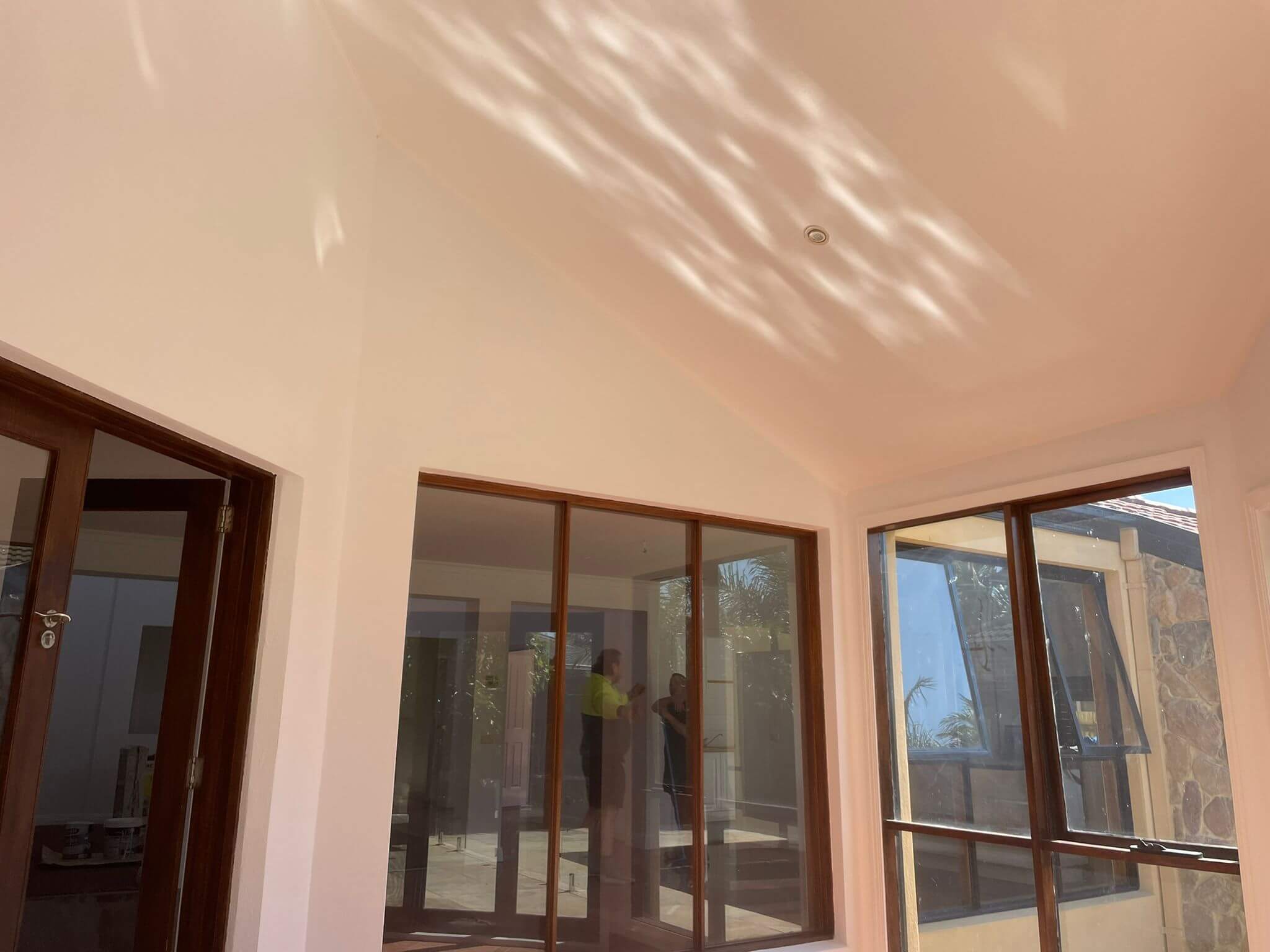Choosing the right paint colour for your home can seem like a daunting task. With countless options available, it’s easy to feel overwhelmed and uncertain about where to start. However, selecting the perfect hue doesn’t have to be stressful or complicated. In fact, by following some simple tips and guidelines, you can transform your house into a beautiful and inviting space that reflects your personality and style.
At Unistar Painting, we understand how important it is to get the colour selection process just right, which is why we’re here to help. Here are some expert tips on how to choose the best house painting colours for your property.
- Consider Your Home’s Architecture and Style
The first step in choosing the right paint colour is considering your home’s architecture and overall style. For example, if you live in a Victorian-era home with intricate details and high ceilings, bold and rich colours such as deep red, navy blue, or forest green may complement the grandeur of the property. On the other hand, if you own a modern minimalist dwelling, neutral tones such as white, grey, or soft beige might suit the sleek lines and clean aesthetic better. Whatever your architectural style, take inspiration from its features when selecting your palette.
- Think About the Mood You Want to Create
Different colours evoke various emotions, so consider what kind of mood you want to set for each room in your home. Warm and earthy shades like terracotta, mustard yellow, and burnt orange can create a cosy atmosphere, ideal for living rooms and bedrooms. Meanwhile, cooler blues and greens promote calmness and tranquillity, perfect for bathrooms and studies. If you prefer something bright and energising, vibrant yellows, pinks, and purples will add a playful touch to any space.
- Factor in Natural Lighting
Natural lighting plays a significant role in how a colour appears on walls, so factor in your home’s natural light sources before finalising your choice. Rooms facing north typically receive warm, direct sunlight throughout the day, causing colours to appear lighter and more washed out than they do in reality. Conversely, south-facing rooms benefit from consistent, indirect light, allowing colours to showcase their true tone. East-facing spaces tend to be brightest in the morning, while west-facing ones bask in afternoon sunshine. Keep these factors in mind when testing swatches against your walls.
- Test Samples Before Committing
Speaking of samples, never commit to a particular shade without testing it first. Paint chips often look vastly different under artificial lights and varying conditions, so invest in sample pots and apply generous patches onto your walls. Observe how the colour looks during different times of the day and assess whether it matches your desired outcome. Remember, there’s no harm in experimenting with multiple shades until you find “the one.”
- Coordinate with Existing Features
When choosing a new paint colour, consider existing elements within the space, such as flooring, cabinetry, and furnishings. Ideally, your chosen hue should harmonise with these components rather than clashing. For instance, if your kitchen boasts dark wood cabinets, opt for a lighter wall colour to balance out the darkness and prevent the area from feeling cramped. Similarly, if you have statement furniture pieces, select a muted backdrop to let them shine.
- Don’t Neglect Trim and Accents
Trims and accents offer fantastic opportunities to introduce contrast and depth into your interior design scheme. A crisp white trim around doors, windows, skirting boards, and architraves creates a classic and timeless appearance, drawing attention to architectural features. Alternatively, try pairing your primary wall colour with a coordinating accent shade for visual interest – think sage green walls paired with dove grey skirting boards or charcoal feature walls punctuated by cream trims.
- Explore Monochromatic Themes
If cohesion is key, consider adopting a monochromatic theme using different shades of the same colour family. This approach ensures harmony between adjacent spaces and allows for seamless transitions from room to room. Plus, it eliminates the guesswork involved in finding complementary colours! Simply pick three or four variations of your preferred hue, ranging from light to dark, and use them consistently across your interiors.
- Seek Professional Advice
Last but not least, don’t hesitate to seek professional advice when selecting the best house painting colours for your property. Experienced painters like those at Unistar Painting possess extensive knowledge of current trends, colour theory, and product recommendations, ensuring you make informed choices that align with your preferences and budget. By collaborating with experts, you can enjoy peace of mind knowing your project is in capable hands.
Choosing the right paint colour for your home requires careful consideration of several factors, including architectural style, natural lighting, existing features, and personal taste. Armed with these top tips, along with guidance from professionals, you’ll undoubtedly find the perfect hues to elevate your interiors and enhance your quality of life.
Contact Unistar Painting today to learn more about our comprehensive range of residential painting services, designed to bring your dream home to life.


